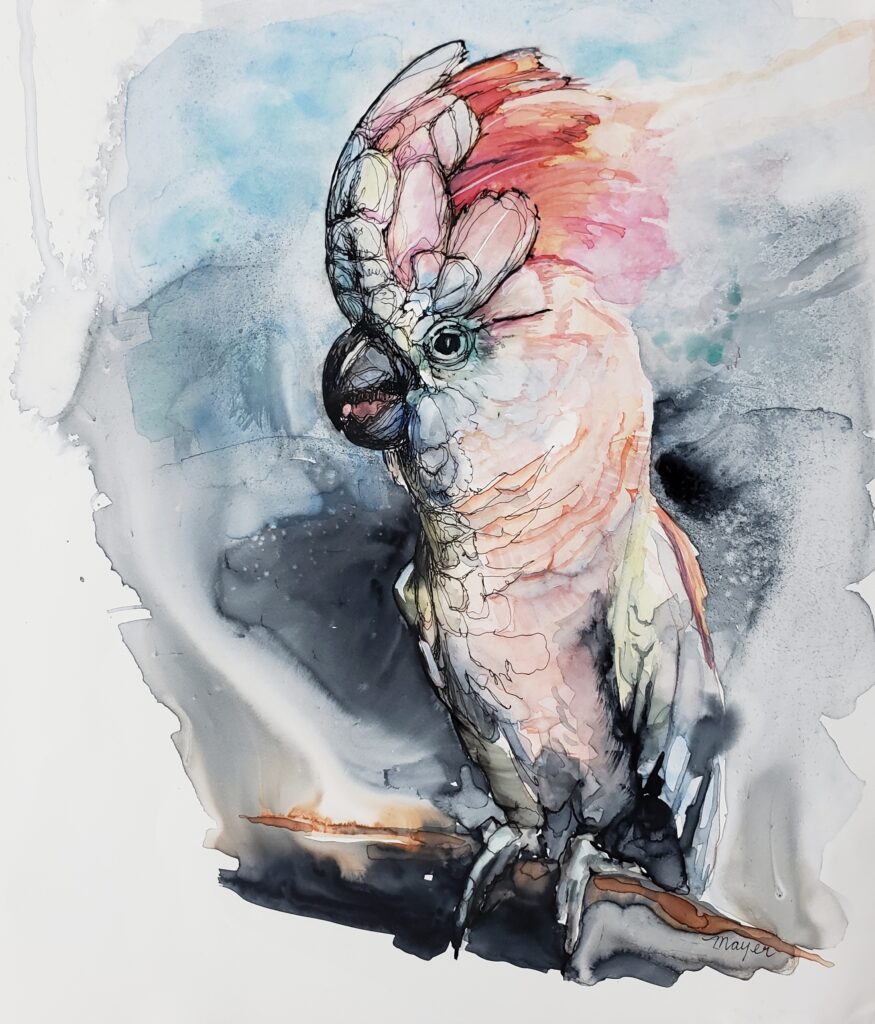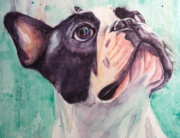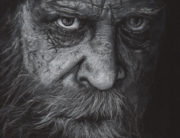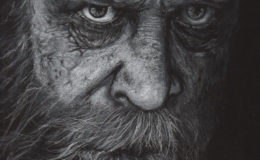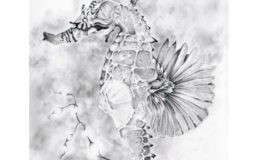

Mineral paper, often branded as Stone Paper, is not technically paper at all, but may well be one of the most beautifully satisfying surfaces I have had the pleasure to paint on. Unlike traditional paper made from wood pulp, mineral paper is crafted from a blend of calcium carbonate and high-density polyethylene, creating a remarkably durable art canvas that, paradoxically, is both absorbent and hydrophobic.
Although developed in the 1990s, mineral paper remains relatively unknown to the watercolor community. Early marketing touted it as a sustainable alternative to paper made from trees, promoting manufacturing methods that use little water and avoid contributing to deforestation. Initially, manufacturers geared the product toward office work, as an alternative to standard copy paper. Later, it was sold as an elegant specialty paper suitable for journaling. Only recently has this synthetic blend begun circulating among artists. Yasutomo, a California-based art materials company, recognized its potential as a canvas and began selling 20 sheet pads geared toward artists using pencils, pastels, markers, and alcohol inks; however, it was curious artists who discovered its unique characteristics as a host to watercolor paints.

Toddler With Her
Eyes Closed
Year: 2023
Watercolor on Yasutomo Mineral Paper
9×12 inches | 150 GSM
The key distinguishing feature of mineral paper is its exceptional durability. It is tear-resistant, nearly impervious to moisture, and resistant to fading, making it an ideal choice for artists seeking longevity in their creations. For watercolor artists, the paper’s more subtle attributes set it apart. Mineral paper is seemingly incapable of warping under water-based mediums, eliminating the need to stretch it or take any measures to flatten it after completion. The surface has a luminescent quality, giving the sense of internal illumination.
Alex in Turquoise
Year: 2022
Mayer’s first completed watercolor painting on Mineral Paper.
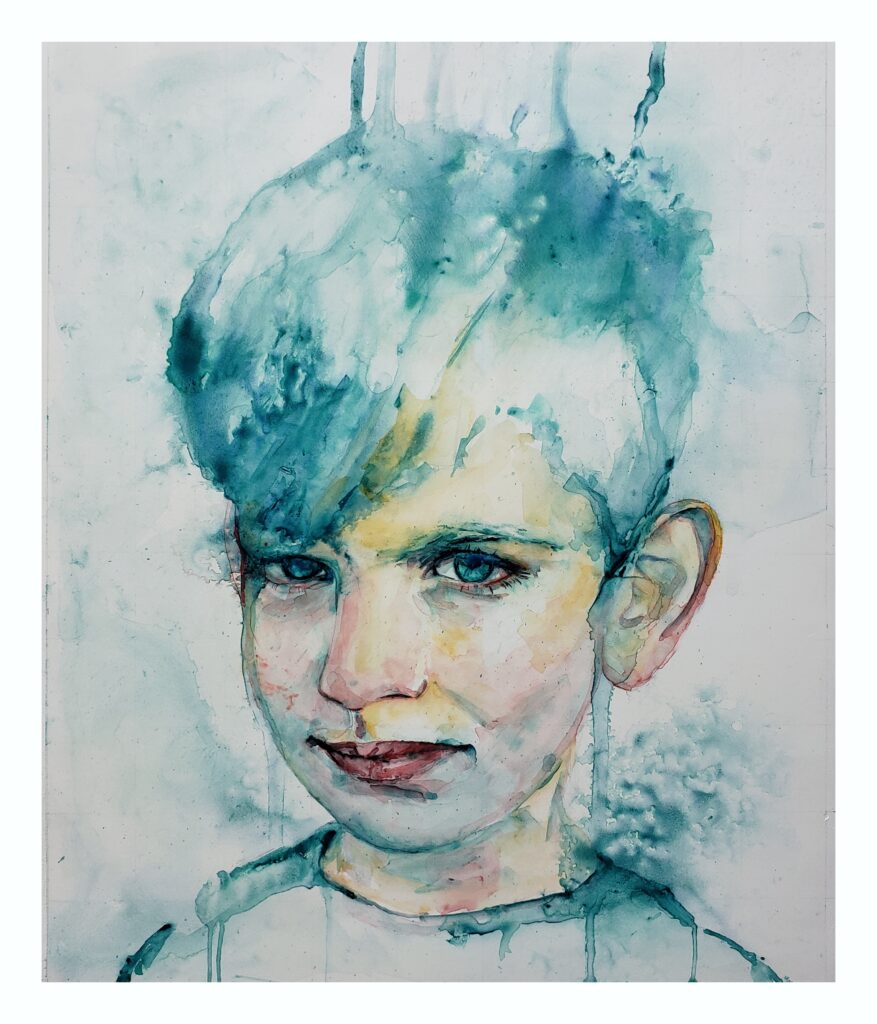
In 2022, I spent months exploring alternatives to traditional cotton watercolor paper. After some experimentation, I settled on clay board panels, known for their bright white, silky smooth surface coated in finely ground kaolin clay. As a daily painter, my spirit was delighted, but, as a daily painter, my wallet did not share my enthusiasm.
I needed a more affordable alternative to clay board. I turned to social media, where I met alcohol ink and other watercolor artists recommending Stone Paper as an alternative to pricey panels. I ordered my first pad of Yasutomo Mineral Paper online; the closest art store carrying it was nearly an hour away.
The first page served simply as a surface to push paint around. I learned that washes and glazing work quite differently on mineral paper. I dedicated several minutes to the question, Do I love this or hate this? Once I understood the flexibility of the paper and saw how the paint flows, combines, rejects, and responds to gravity, spray water, and granulating fluid, I knew this was special; this was love.
Mineral paper feels different. Painting on it requires an open mind and a little experimentation. I believe it is earning its place in the watercolor community. It should be explored, shared, and, above all, enjoyed by artists and art enthusiasts.
Cockatoo
Year: 2023
Watercolor and black ink on mineral paper.
